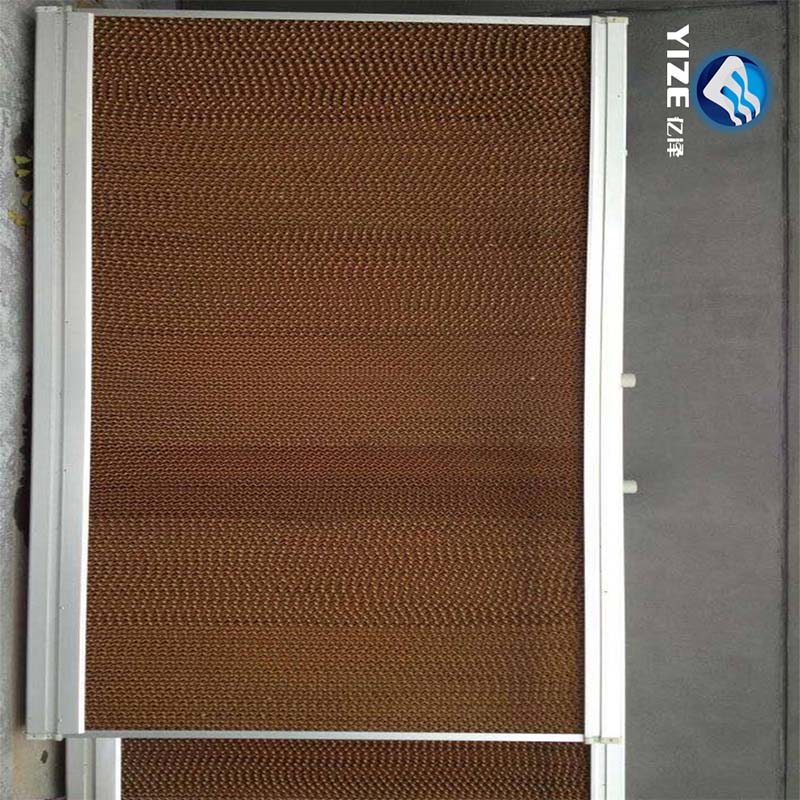Innovative Designs for Layer Poultry Cages to Enhance Egg Production and Welfare Standards
Aug . 07, 2024 02:10 Back to list
Innovative Designs for Layer Poultry Cages to Enhance Egg Production and Welfare Standards
Poultry Cages for Layers Enhancing Productivity and Welfare
Poultry farming has evolved significantly over the years, with advancements in technology and farming practices leading to increased efficiency and productivity. Among the various innovations, poultry cages for layers have emerged as a crucial component in the management of egg-laying hens. These specialized enclosures not only boost production but also promote the health and welfare of the birds.
The Importance of Layer Cages
Layer cages are designed specifically for housing hens that are raised primarily for egg production. Unlike traditional free-range systems, these cages offer a controlled environment that helps optimize conditions for the birds. By providing shelter from extreme weather, predators, and diseases, layer cages can significantly enhance the welfare of hens. Additionally, they facilitate better management of feed and water supply, ensuring that each bird receives adequate resources for growth and egg production.
Design and Features
Modern layer cages incorporate several design features that cater to the needs of both the hens and the farmers. Typically, these cages are stacked in tiers to maximize space usage, allowing a higher density of birds without compromising their welfare. Each cage often includes individual nesting boxes, perches, and proper ventilation systems. Moreover, many models now come with automated feeding and watering systems that promote efficiency and reduce labor costs.
One of the most significant advancements in cage design is the transition toward enriched cages. These provide additional space along with environmental enrichments such as perches, scratching areas, and nesting materials. Enriched cages aim to improve the overall quality of life for the hens while still maintaining high levels of productivity. Research has shown that enriched environments not only enhance animal welfare but can also lead to better egg quality and production rates.
poultry cages for layers

Benefits of Layer Cages
The use of poultry cages for layers has several advantages. First and foremost, they help maximize egg production. Hens in cages tend to lay more eggs consistently because of the controlled environment that minimizes stress and encourages optimal laying conditions. Several studies have demonstrated that hens in cage systems generally produce more eggs than their counterparts in free-range systems.
Moreover, layer cages facilitate easier monitoring of individual birds. Farmers can quickly assess the health and productivity of each hen, making it easier to identify any issues that may arise. This targeted approach can lead to better overall flock management and reduced mortality rates.
Controversies and Considerations
Despite their benefits, layer cages have been the subject of ethical debates regarding animal welfare. Critics argue that conventional battery cages restrict natural behaviors and lead to stress among hens. As a response, many countries and regions are moving towards banning traditional battery cages in favor of more humane alternatives, such as enriched cages or free-range systems. This shift reflects a growing awareness of animal welfare concerns and consumer demand for ethically produced eggs.
Conclusion
Poultry cages for layers play an essential role in the modern poultry industry. They enhance productivity, improve flock management, and offer protection and care for layer hens. As the industry continues to evolve, it is imperative that farmers strike a balance between maximizing production and ensuring the welfare of their flocks. Innovations in cage design, along with a commitment to ethical farming practices, will be key to advancing the sustainability and efficiency of egg production while meeting the expectations of both consumers and regulatory bodies. Ultimately, the future of poultry farming lies in creating systems that benefit both producers and the animals they raise.
-
Automatic Feeding Line System-Pan Feeder Nipple Drinker|Anping County Yize Metal Products Co., Ltd.
NewsJul.29,2025
-
Hot Sale 24 & 18 Door Rabbit Cages - Premium Breeding Solutions
NewsJul.25,2025
-
Automatic Feeding Line System Pan Feeder Nipple Drinker - Anping County Yize Metal Products Co., Ltd.
NewsJul.21,2025
-
Automatic Feeding Line System Pan Feeder Nipple Drinker - Anping County Yize Metal Products Co., Ltd.
NewsJul.21,2025
-
Automatic Feeding Line System - Anping Yize | Precision & Nipple
NewsJul.21,2025
-
Automatic Feeding Line System - Anping Yize | Precision & Nipple
NewsJul.21,2025






